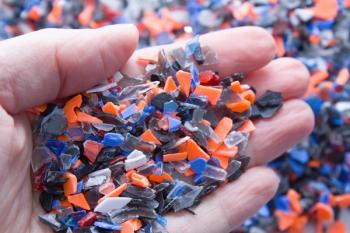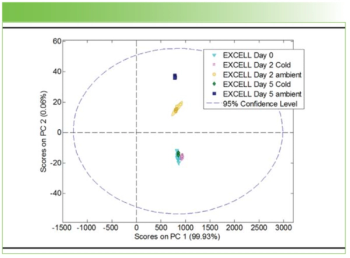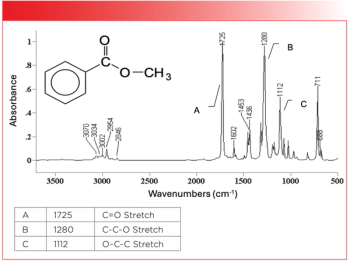
Detecting Tetracycline In Milk Using Fluorescent Sensors
In a recent study, a new fluorescent sensor was used to determine tetracycline in milk.
A recent study published in Applied Spectroscopy describes the development of a new fluorescent sensor for determining tetracycline (TC). The sensor uses a fluorescent probe comprised of adenine thymine (AT)-rich single-stranded DNA (ssDNA) templated copper nanoclusters (CuNCs) and could be as effective as fluorescence.
The fluorescent ssDNA-CuNCs were synthesized through a one-step method, utilizing AT-rich ssDNA as templates and ascorbic acid as reducing agents. One of the most notable features of the developed ssDNA-CuNCs is the potent fluorescence, characterized by a substantial Stokes shift of 240 nm and consistent fluorescence emission (1). This inherent stability of fluorescence was crucial for the researchers to obtain accurate and reliable measurements.
The researchers harnessed the spectral properties of ssDNA-CuNCs to design a responsive detection mechanism for TC (1). When tetracycline molecules were introduced, they interacted with the ssDNA-CuNCs, causing a noticeable reduction in fluorescent intensity. This phenomenon is known as the inner filter effect (1). This arises because of the spectral overlap between ssDNA-CuNCs and TC. The team optimized the experimental conditions to achieve the most sensitive detection.
To showcase the real-world application of this sensor, the researchers tested its performance on milk samples spiked with different concentrations of tetracycline (1). The results demonstrated the sensor's applicability and reliability in complex matrices, making it a promising tool for food safety and quality control (1).
Rapid and accurate detection methods for food safety are important to human health, and the development of this sensor could be another useful tool in food and beverage analysis (1). The development of this sensor marks a step in biosensing technology. As industries strive for more reliable and efficient methods of ensuring product safety and quality, this tool offers a glimpse into a future where advanced sensors are used to detect and quantify substances.
Reference
(1) Wu, N.-N.; Chen, L.-G.; Wang, H.-B. A Sensitive Fluorescence Sensor for Tetracycline Determination Based on Adenine Thymine-Rich Single-Stranded DNA-Templated Copper Nanoclusters. Appl. Spectrosc. 2023, ASAP. DOI:
This article was written with the help of artificial intelligence and has been edited to ensure accuracy and clarity. You can read more about our
Newsletter
Get essential updates on the latest spectroscopy technologies, regulatory standards, and best practices—subscribe today to Spectroscopy.




